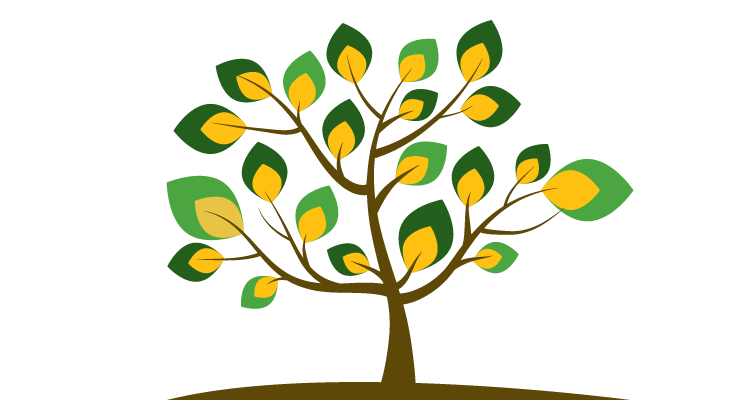Cultivating a Greener Future: Practical Strategies for Environmental Conservation and Sustainable Development
Understanding Environmental Conservation
Environmental conservation is essential for maintaining the earth’s ecosystems and ensuring a sustainable future for generations to come. The Fundación Árbol de Vida promotes various strategies that not only protect our environment but also empower local communities to lead these initiatives. Here’s how we can work together to create lasting change.
The Importance of Community Involvement
Involving local communities in conservation efforts is vital for the success of sustainable practices. Here are some key benefits:
- Local Knowledge: Community members often have a deep understanding of their environment, which can inform better conservation strategies.
- Ownership: When communities are involved, they feel a sense of ownership over the land and resources, leading to more effective and lasting conservation efforts.
- Collaboration: Working together fosters partnerships that can amplify conservation impact.
Promoting Education and Awareness
Education is a powerful tool for driving change. Through targeted educational programs, we can:
- Raise awareness about environmental issues.
- Teach sustainable practices such as recycling, water conservation, and sustainable agriculture.
- Encourage youth to get involved in environmental stewardship.
For example, consider organizing workshops in local schools to teach students about biodiversity and the importance of protecting it. Interactive sessions can make learning engaging and impactful.
Implementing Sustainable Practices
Adopting sustainable practices at both the community and organizational levels is crucial. Examples include:
- Water Conservation: Implement rainwater harvesting systems to reduce water waste.
- Waste Reduction: Establish community recycling programs and encourage composting.
- Sustainable Agriculture: Promote organic farming techniques that minimize chemical use.
Each small change can have a significant impact on the local environment and contribute to broader sustainability goals.
Collaboration with Local and International Organizations
To maximize our effectiveness, it's essential to collaborate with various stakeholders:
- Government Institutions: Partner with public agencies to advocate for policies that support conservation efforts.
- Private Sector: Work with businesses to promote corporate social responsibility initiatives that focus on sustainability.
- International Organizations: Engage with global entities to share research, funding, and resources aimed at achieving the Sustainable Development Goals (SDGs).
Tracking Progress and Impact
To assess the effectiveness of these strategies, it’s important to measure and track progress:
- Use indicators such as biodiversity levels, community participation rates, and sustainability outcomes.
- Gather feedback from community members to continuously improve programs.
- Report results transparently to all stakeholders involved to foster trust and accountability.
Conclusion
By promoting environmental conservation through education, community involvement, sustainable practices, and collaboration, we can build a greener and more sustainable future. The Fundación Árbol de Vida is committed to empowering local communities and working towards achieving the Sustainable Development Goals. Together, we can create prosperous communities that thrive in harmony with nature.



